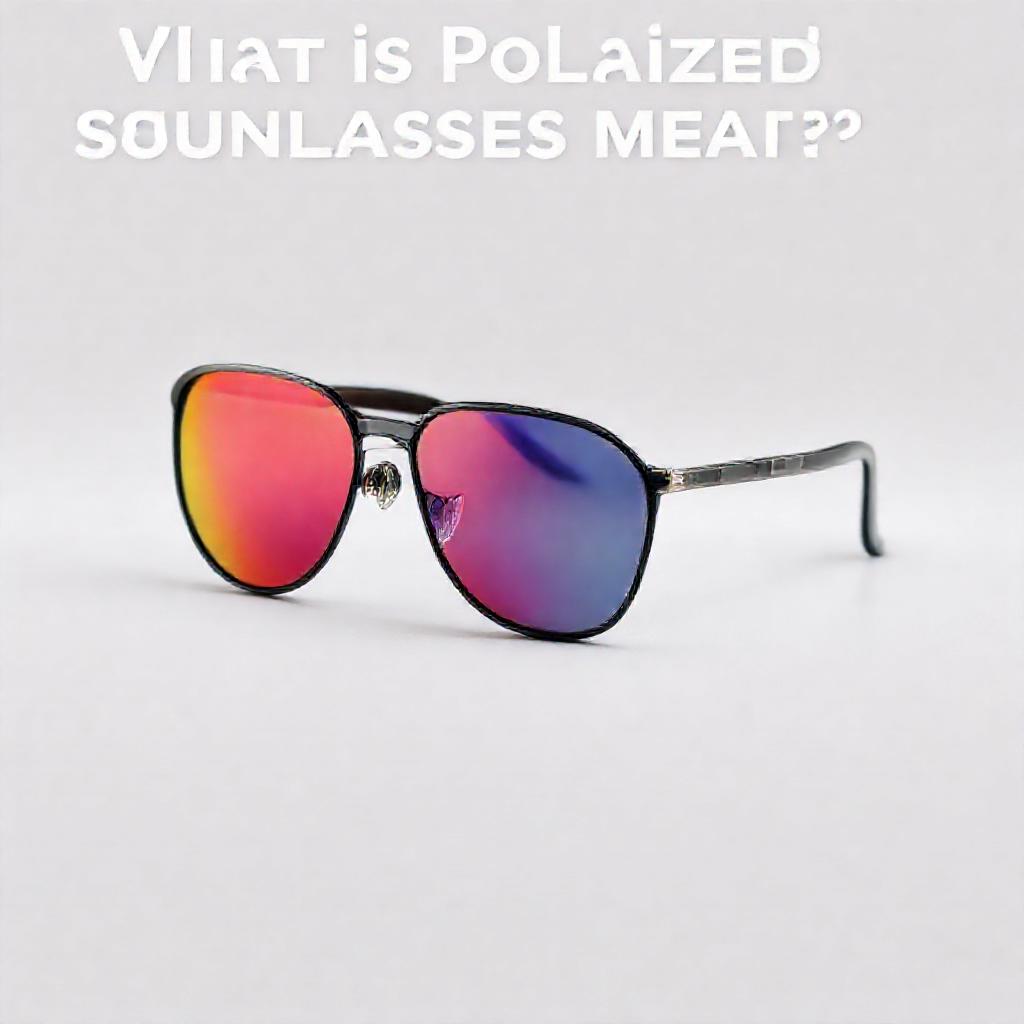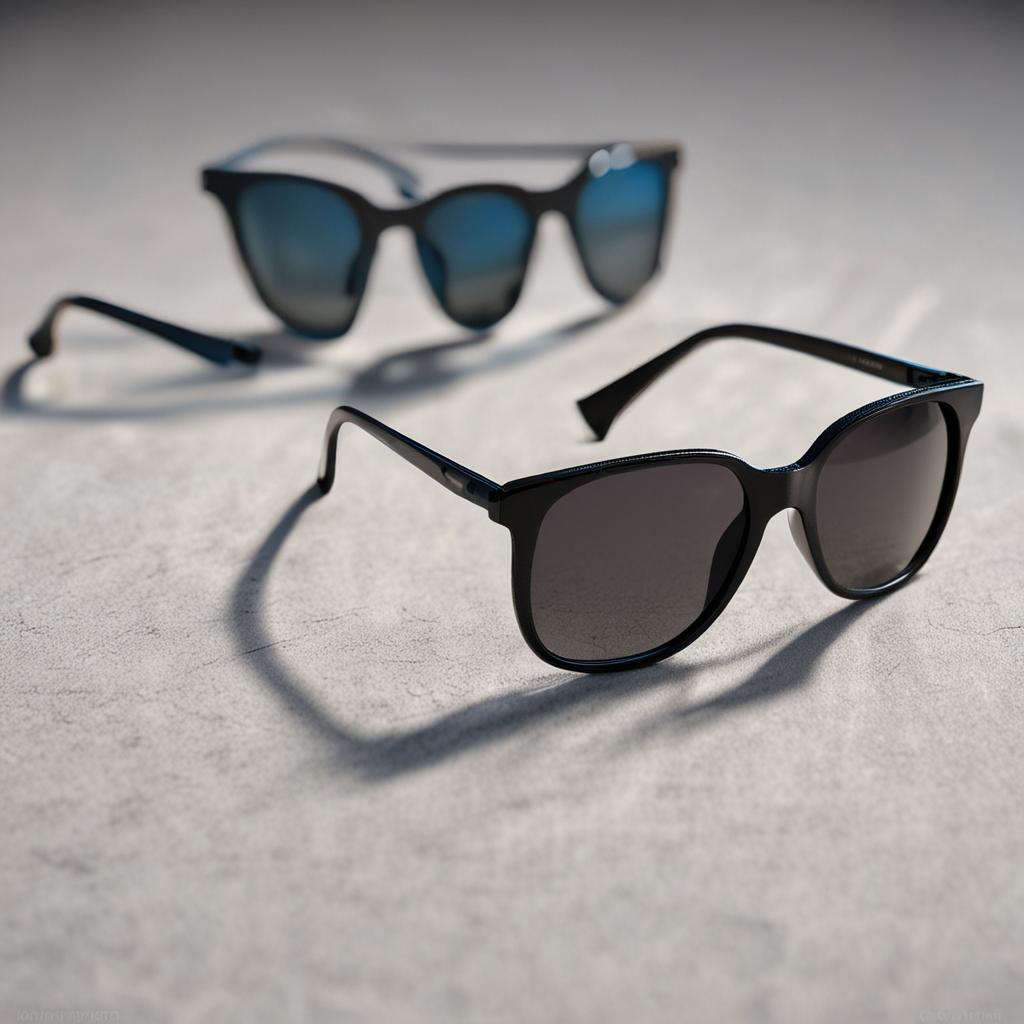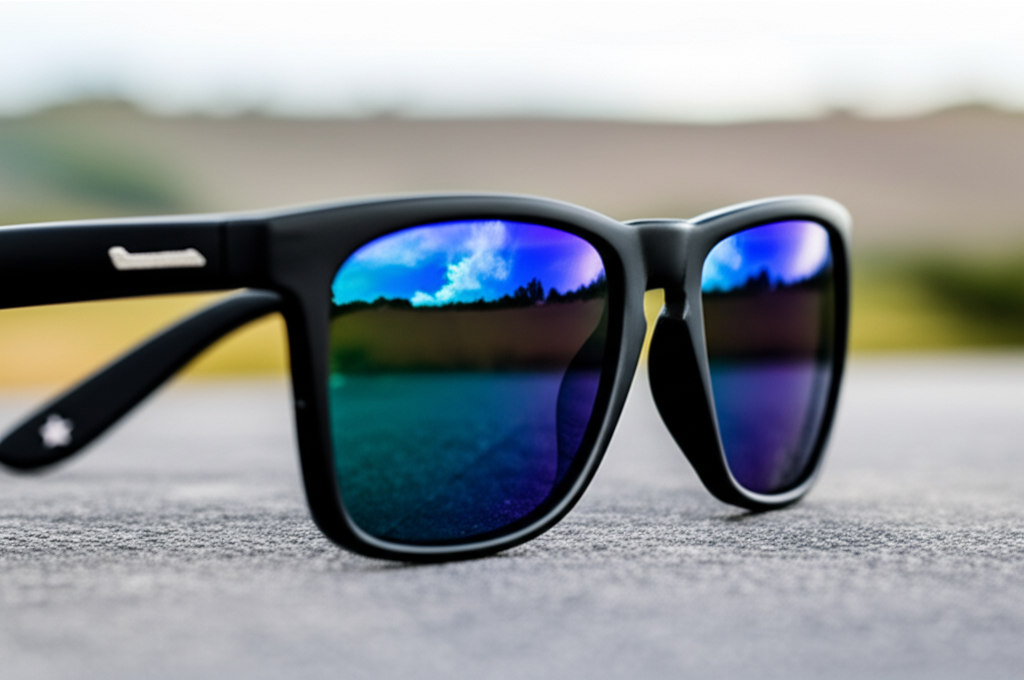What is Polarized Sunglasses Mean

When it comes to protecting your eyes and enhancing your vision, polarized sunglasses have become a game-changer. These specialized lenses are designed to reduce glare and improve clarity, making them a popular choice for drivers, outdoor enthusiasts, and anyone who spends time in bright environments. But what exactly are polarized sunglasses, and how do they work? In this comprehensive guide, we’ll dive into the science behind polarization, explore their benefits, and help you decide if they’re the right choice for your needs. Whether you’re hitting the road, the water, or the slopes, understanding polarized sunglasses can make all the difference in your visual comfort and safety.
Understanding Polarized Sunglasses
What Are Polarized Lenses?
Polarized lenses are specially designed to filter out horizontal light waves, which are responsible for glare. Glare occurs when light reflects off flat surfaces like water, snow, or roads, creating a blinding effect. Unlike regular sunglasses that simply darken your view, polarized lenses use a chemical film to block this reflected light, providing a clearer and more comfortable visual experience.
How Do Polarized Sunglasses Work?
When light hits a flat surface, it reflects horizontally, creating intense glare. Polarized sunglasses feature a vertical filter that blocks these horizontal light waves, allowing only vertical light to pass through. This process reduces glare and enhances contrast, making it easier to see details and colors more vividly. The result is a sharper, more comfortable view, especially in bright or reflective environments.
Benefits of Polarized Sunglasses
Enhanced Vision Clarity
Polarized sunglasses significantly reduce eye strain by minimizing glare, making them ideal for bright conditions. They also improve contrast and color perception, allowing you to see details more clearly. Whether you’re driving, fishing, or hiking, polarized lenses can make your outdoor experiences more enjoyable and less taxing on your eyes.
Protection from Harmful UV Rays
In addition to reducing glare, polarized sunglasses offer protection against harmful ultraviolet (UV) rays. While many non-polarized sunglasses also block UV light, polarized lenses combine glare reduction with UV protection for comprehensive eye safety. This dual benefit makes them a superior choice for long-term eye health.
Improved Safety for Driving & Outdoor Activities
Polarized sunglasses are particularly beneficial for drivers, as they reduce glare from wet roads, car windshields, and other reflective surfaces. They’re also a must-have for outdoor activities like fishing, boating, skiing, and snowboarding, where glare from water or snow can be intense. By enhancing visibility and reducing distractions, polarized lenses improve safety and performance in these scenarios.
Who Should Wear Polarized Sunglasses?
Best Use Cases
Polarized sunglasses are ideal for anyone who spends time in bright or reflective environments. Drivers, fishermen, boaters, skiers, and snowboarders can all benefit from reduced glare and enhanced visibility. They’re also a great option for individuals with light sensitivity or certain eye conditions, as they provide added comfort in bright light.
Key Features
Polarized Lenses
Blocks horizontal light for glare reduction
Available
UV Protection
Filters 100% of UVA/UVB rays
Available
Contrast Enhancement
Improves visual clarity in bright conditions
Available
Scratch-Resistant Coating
Protects lenses from daily wear and tear
Available
Anti-Reflective Coating
Reduces internal lens reflections
Limited
Feature overview for What is Polarized Sunglasses Mean

Who Might Not Need Polarized Lenses?
While polarized sunglasses are versatile, they may not be necessary in all situations. In low-light conditions, they can reduce visibility, and they may interfere with viewing certain LCD screens, such as those on car dashboards or smartphones. Additionally, some sports, like golf, may require full visibility of reflective surfaces, making non-polarized lenses a better choice.
Polarized vs. Non-Polarized Sunglasses
Key Differences
The primary difference between polarized and non-polarized sunglasses is their ability to reduce glare. Polarized lenses block horizontal light waves, while non-polarized lenses simply darken your view. Both types can offer UV protection, but polarized lenses provide additional benefits like enhanced contrast and reduced eye strain.
When to Choose Each Type
Polarized sunglasses are best for high-glare environments like driving, fishing, or skiing. On the other hand, non-polarized sunglasses may be sufficient for everyday use or low-light conditions where glare isn’t a concern. Consider your specific needs and activities when deciding which type to choose.

How to Identify Polarized Sunglasses
Visual Tests
To determine if your sunglasses are polarized, check for a “polarized” label or look for a polarization filter in the lens description. You can also perform the “LCD Test” by holding the sunglasses in front of an LCD screen and rotating them. If the screen appears to darken or change, the lenses are polarized.
Buying Tips for Quality Polarized Sunglasses
When shopping for polarized sunglasses, opt for reputable brands and look for certifications that guarantee UV protection and polarization quality. Avoid cheap, poorly made lenses, as they may not provide adequate protection or durability. Investing in a high-quality pair ensures long-term performance and eye safety.
Maintaining Your Polarized Sunglasses
Cleaning and Care Tips
To keep your polarized sunglasses in top condition, clean them regularly with a microfiber cloth and lens cleaner. Avoid using harsh chemicals or abrasive materials, as they can scratch the lenses. Store your sunglasses in a protective case when not in use to prevent damage.
When to Replace Your Polarized Sunglasses
Over time, scratches, fading, or wear and tear can reduce the effectiveness of polarized lenses. If you notice a decline in glare reduction or clarity, it’s time to replace your sunglasses. Regularly inspect your lenses and replace them every 1-2 years for optimal performance.

Conclusion
Polarized sunglasses are a powerful tool for enhancing vision clarity, reducing glare, and protecting your eyes from harmful UV rays. Whether you’re driving, fishing, or enjoying outdoor activities, they offer unparalleled comfort and safety. By understanding their benefits and choosing a high-quality pair, you can make the most of your time in the sun. Invest in polarized sunglasses today and experience the difference they can make for your eyes and overall well-being.
FAQ Section
Are polarized sunglasses better than regular sunglasses?
Polarized sunglasses are superior in reducing glare and enhancing contrast, making them ideal for bright or reflective environments. However, regular sunglasses may suffice for everyday use or low-light conditions.
Can polarized sunglasses be used for driving at night?
Polarized sunglasses are not recommended for nighttime driving, as they can reduce visibility in low-light conditions. Non-polarized lenses with anti-reflective coatings are a better option for night driving.
Do polarized sunglasses work with prescription glasses?
Yes, polarized lenses can be customized to fit prescription glasses. Many brands offer prescription polarized sunglasses, allowing you to enjoy their benefits while correcting your vision.
Are polarized sunglasses more expensive than non-polarized ones?
Polarized sunglasses tend to be slightly more expensive due to their advanced technology, but they offer better value for money given their glare reduction and UV protection benefits.
Can I wear polarized sunglasses every day?
Yes, polarized sunglasses are suitable for daily use, especially in bright or reflective environments. However, consider switching to non-polarized lenses in low-light conditions where glare isn’t an issue.
